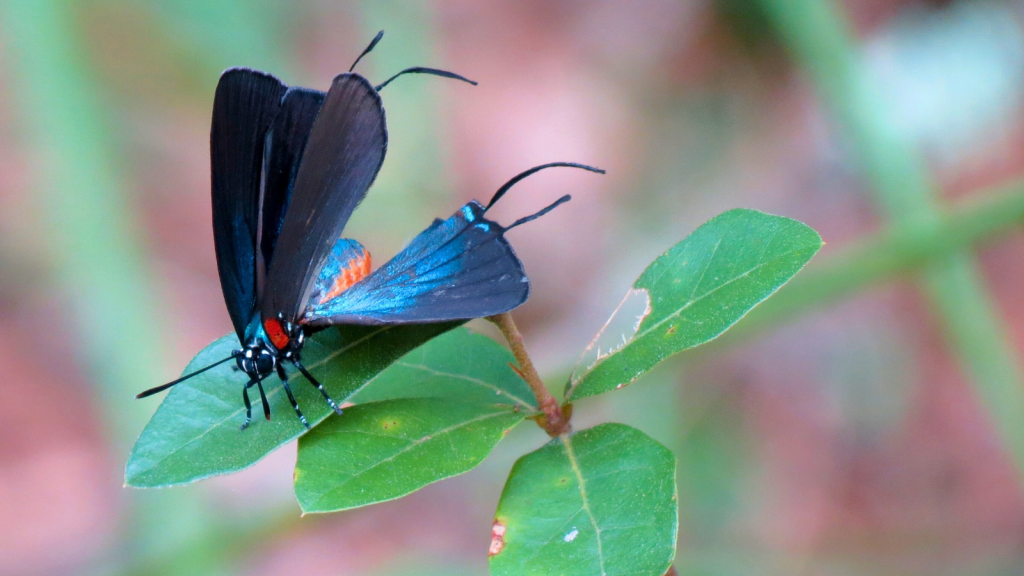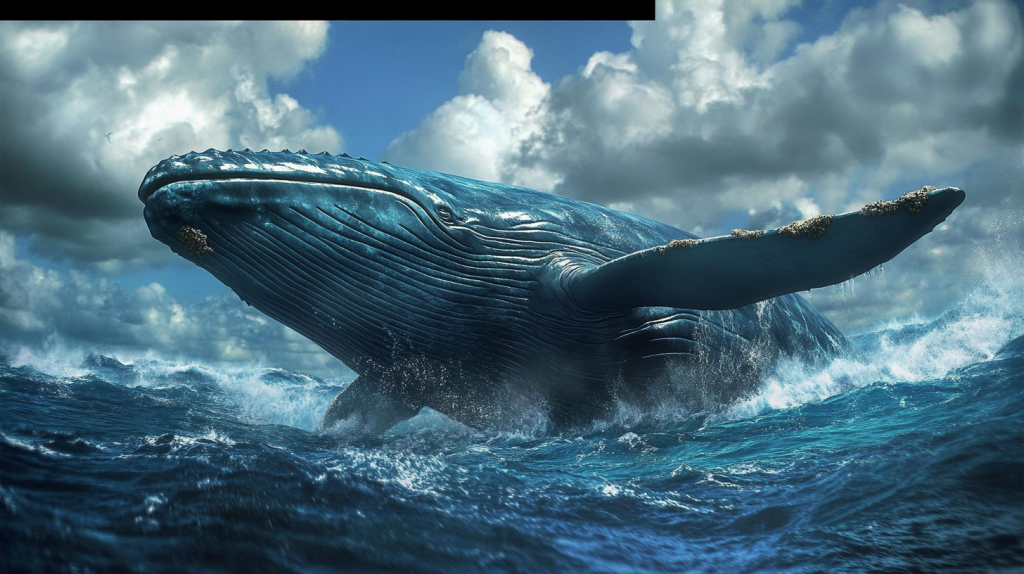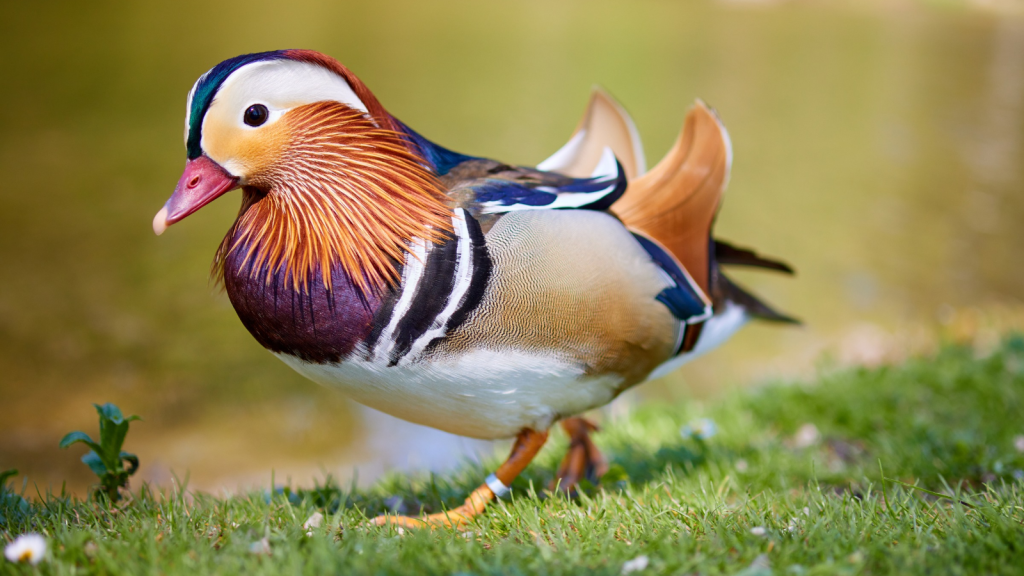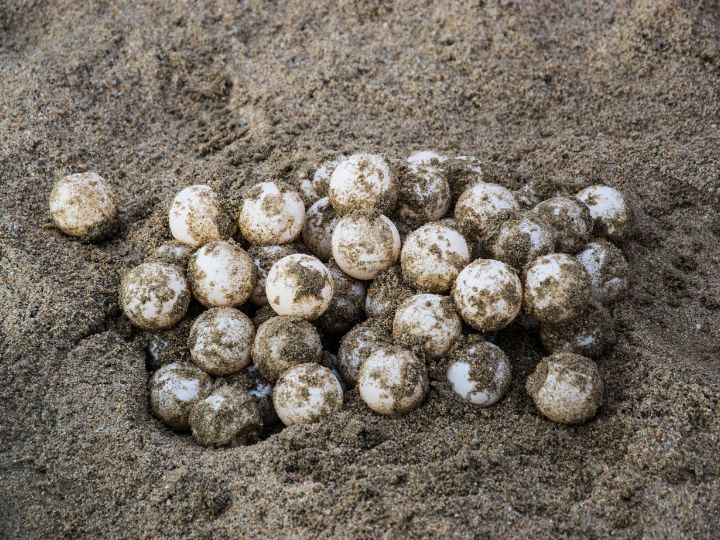Britain’s cities and towns are home to more than just pigeons and foxes. Hidden in plain sight, a surprising array of creatures has adapted to life among the concrete and brick. From exotic escapees to native species making a comeback, our urban jungles host a wealth of unexpected wildlife. Some of these animals might be living right under our noses, while others are so rare that spotting them feels like winning the lottery. Ready for a wild adventure through Britain’s bustling streets? Here are 15 unusual animals you might stumble upon in urban areas across the country.
Peregrine Falcon

These swift predators have swapped cliff faces for skyscrapers. Peregrine falcons now nest on tall buildings in many British cities, diving at breakneck speeds to catch pigeons mid-air. Their adaptability has led to a remarkable urban comeback, with London alone hosting over 30 breeding pairs. These raptors can reach speeds of up to 240 mph during their hunting dives, making them the fastest animals on Earth.
Ring-Necked Parakeet

Bright green and noisy, these tropical birds are now a common sight in London’s parks. Originally from India, they’ve thrived in British cities since the 1960s. Some say they escaped from film sets, while others believe pet birds were released during a health scare. These hardy parakeets can withstand temperatures as low as -15°C, explaining their successful adaptation to the British climate.
Urban Deer

Muntjac and roe deer are increasingly spotted in city parks and gardens. These shy creatures venture into urban areas at night, browsing on plants and shrubs. In some places, like Richmond Park in London, larger red and fallow deer have been resident for centuries. Muntjac deer are particularly adaptable, often living in small urban woodlands and even large gardens.
Red-Eared Terrapin

These American turtles were popular pets in the 1980s, inspired by the Teenage Mutant Ninja Turtles craze. Many were later released into urban ponds and canals, where they’ve survived despite our chilly climate. They’re often seen basking on logs or rocks on sunny days. Red-eared terrapins can live up to 30 years in the wild, meaning some of the original released pets may still be swimming in our urban waterways.
Purple Hairstreak Butterfly

These elusive butterflies are increasingly spotted in urban areas with mature oak trees. Despite their vibrant purple wings, they’re often overlooked as they spend most of their time in treetops. In cities, they can be found in parks, gardens, and even cemetery woodlands. Look for them on warm summer evenings when they sometimes descend to lower branches.
Natterer’s Bat

This medium-sized bat is adapting to urban environments, roosting in older buildings and foraging in parks and gardens. Natterer’s bats are known for their agile flight, often gleaning insects directly from vegetation. Their presence in cities is a good indicator of green spaces with high insect diversity. These bats are relatively rare and their urban populations are of particular interest to conservationists.
Eurasian Beaver

In a surprising turn of events, beavers have been spotted in some urban areas of Britain. Following reintroduction efforts, these industrious rodents have made their way into city outskirts, particularly along urban rivers and streams. Their dam-building activities can help reduce flooding and increase biodiversity, though they sometimes cause conflicts with human infrastructure.
Koi Carp

These colourful fish, originally from Japan, can sometimes be found in urban ponds and lakes. Often released by pond owners when they’ve grown too large, koi can survive in the wild and may even breed. Some have been known to live for decades in city waters. Koi are capable of growing up to 1 metre in length, though they rarely reach this size in urban environments.
Scorpion

Yes, you read that right! The yellow-tailed scorpion, Europe’s northernmost species, has established colonies in a few southern English towns. Don’t worry, though – their sting is no worse than a bee’s, and they’re rarely seen unless you know where to look. These scorpions glow bright blue-green under UV light, making them easier to spot for researchers studying their urban populations.
Grey Seal

While not typically urban, grey seals are increasingly spotted in city rivers. They’ve been seen as far inland as London, following fish up the Thames. These curious creatures sometimes haul out on riverbanks, surprising locals and tourists alike. Grey seals can dive to depths of up to 300 metres and stay underwater for up to 30 minutes when hunting for food.
Goosander

These streamlined ducks are increasingly spotted in urban rivers and canals across Britain. Originally more common in rural areas, goosanders have adapted to city life, taking advantage of cleaner urban waterways. With their distinctive serrated bills, perfect for catching fish, these elegant birds add a touch of wilderness to urban landscapes. Interestingly, goosanders often nest in tree cavities or buildings near water, sometimes up to 30 meters high.
Stag Beetle

Britain’s largest beetle is hanging on in London and a few other southern cities. These impressive insects spend most of their lives as larvae underground, emerging as adults for just a few weeks in summer. Look for them flying clumsily at dusk in areas with old trees. Male stag beetles use their large mandibles to wrestle with rivals during mating season, though these fearsome-looking ‘antlers’ are actually too weak to harm humans.
Wall Lizard

This continental species has established itself in a few urban areas, particularly in southern England. Often seen basking on sunny walls or pavements, these quick lizards are thought to have escaped from pet shops or been deliberately released. Wall lizards can shed their tails to escape predators, and the detached tail continues to wriggle, distracting the attacker while the lizard escapes.
Mandarin Duck

With their striking plumage, mandarin ducks look like they belong in a Chinese painting rather than a British park. Originally from East Asia, they’ve established breeding populations in many urban areas, often nesting in tree holes near lakes and ponds. Unlike most ducks, mandarin ducks have claws that allow them to perch in trees, and they’re often spotted roosting on branches overhanging water.
Little Owl

These charismatic birds, introduced to Britain in the 19th century, are increasingly found in urban and suburban areas. Despite their name, little owls are not native to the UK but have successfully established themselves in many regions. They often inhabit parks, cemeteries, and mature gardens, nesting in tree cavities or old buildings. Their distinctive bobbing motion when alarmed makes them a quirky sight in city environments.
Modern Sea Monsters | 15 Massive Marine Mammals Still Roaming Our Oceans

The oceans of our planet are home to some of the most awe-inspiring creatures on Earth. These marine mammals, with their enormous size and incredible adaptations, seem alien or prehistoric. But an actual up-close interaction with one of these incredible creatures is life-changing. Their lives and sheer size might be unfathomable, but their intelligence and magnificence is clear for all to see. From the largest animal to ever exist to deep-diving behemoths with teeth as big as your arm, these creatures are awe-inspiring and remind us why we need to do more to save our oceans before it’s too late.
Read More: Modern Sea Monsters | 15 Massive Marine Mammals Still Roaming Our Oceans
Becky is a fervent wildlife enthusiast and pet care expert with a diploma in canine nutrition. Her love for animals stretches beyond the domestic, embracing the wild tapestry of global fauna. With over a decade of experience in animal welfare, Becky lends her expertise to OutlandishOwl through insightful articles, captivating wildlife information, and invaluable guidance on pet nutrition. Her work embodies a deep commitment to understanding the intricate lives of animals and a passion for educating others on sustaining natural habitats. Becky's hands-on conservation efforts and her knack for translating complex dietary science into practical pet feeding tips make her an indispensable voice for creatures great and small.




